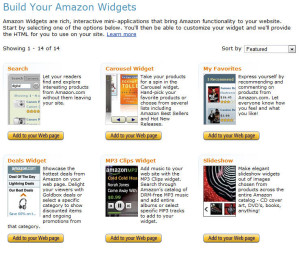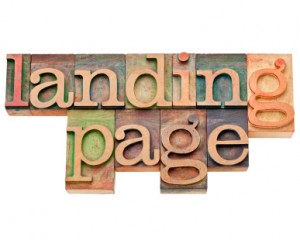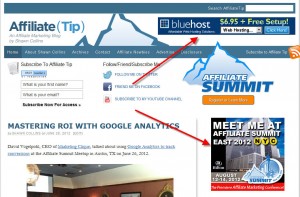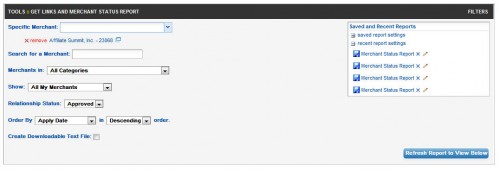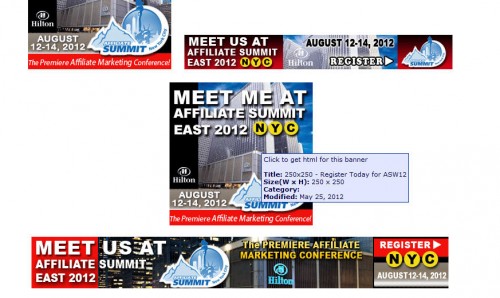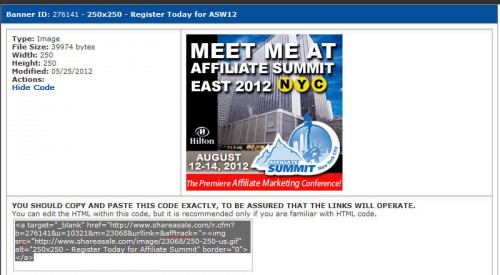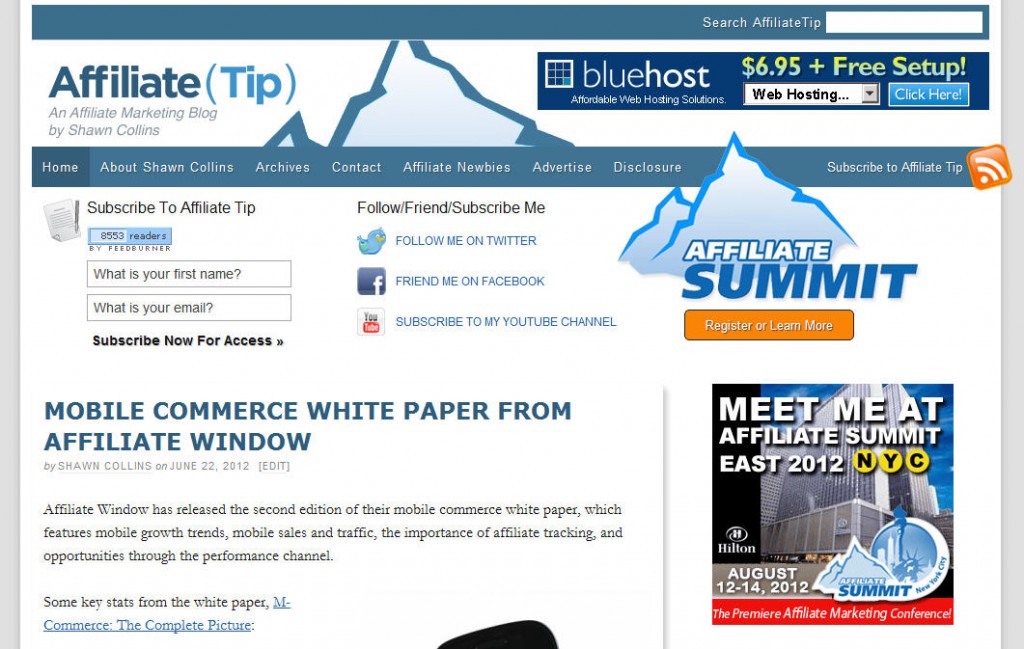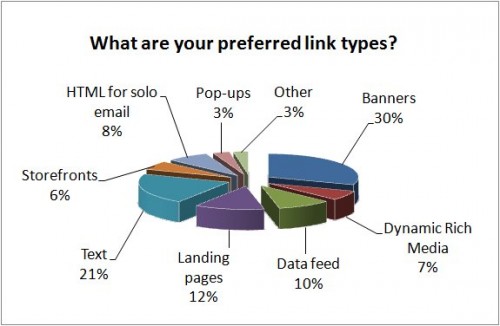Dynamic Rich Media is an affiliate creative option used by 7% of affiliates, according to data in the 2011 Affiliate Summit AffStat Report, where over fourteen-hundred affiliates were surveyed, we asked, “What are your preferred link types?”.
Other affiliate link types, such as banners and text links, are static, and so dynamic rich media are ads that do things like expanding when users click or roll over, as well as interactive video or forms to collect leads.
Dynamic rich media could also include widgets and really any other interactive affiliate creative that is updated dynamically.
Widgets are a popular linking option with the Amazon affiliate program, where they have over a dozen of them.
One drawback of dynamic rich media for affiliates is that they are served through Flash and other technologies that may not work on phones and tablets.
That's a valid concern, as mobile is playing an increasing role for affiliates.
